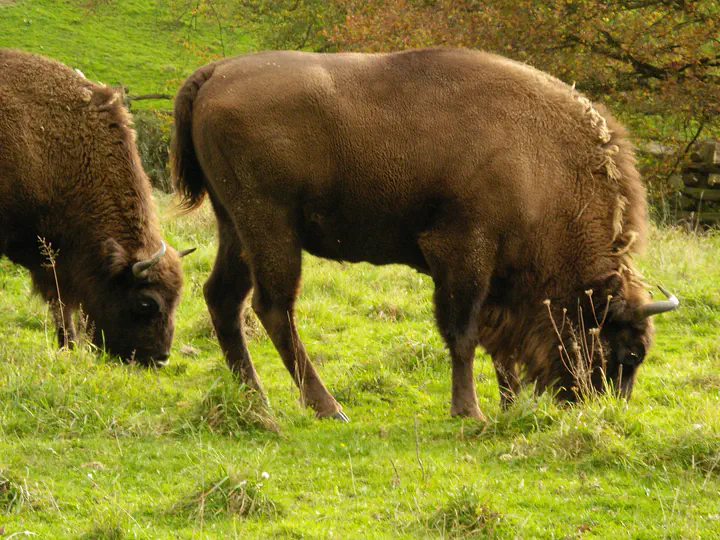
Using satellite-based indicators of rangeland vegetation greenness from 1988 to 2019, we aimed to assess the effectiveness of 52 protected areas. We conducted our assessment across the southern Caucasus, a biodiversity hotspot extending over 5 countries.
Protected areas in rangelands were largely ineffective in reducing green vegetation loss from. Moreover, the level of effectiveness of protected areas varied with contextual and management elements such as country differences or protected area management.
Finally, through mapping livestock corrals as an indicator of grazing pressure, we could link the observed green vegetation loss signals to livestock grazing inside protected areas, especially in Azerbaijan and Turkey. This suggests overgrazing is a main driver of the observed ineffectiveness.
The lack of effectiveness of protected areas is likely common in many regions worldwide, which highlights the need to incorporate degradation and nonforest ecosystems into effectiveness assessments.